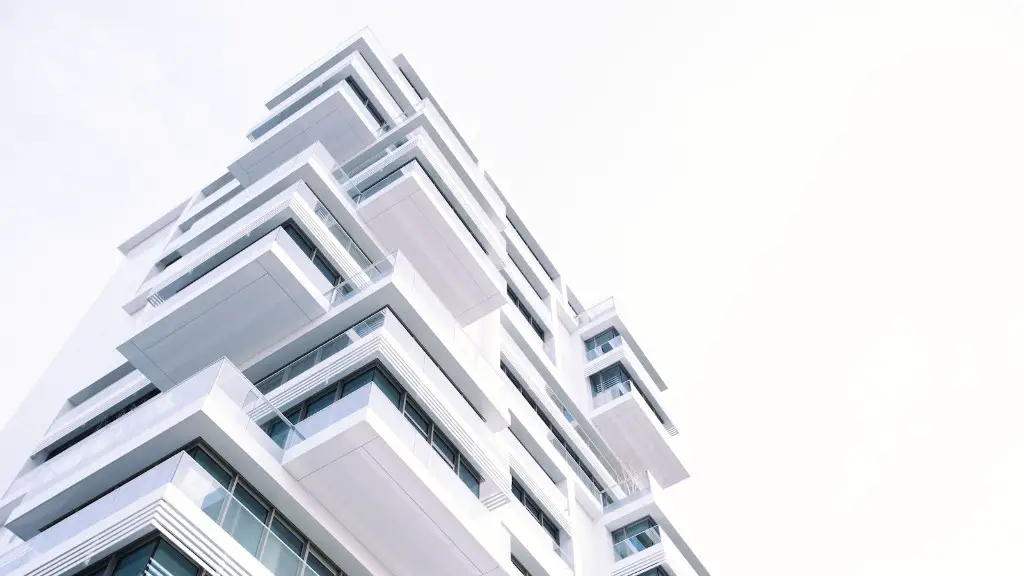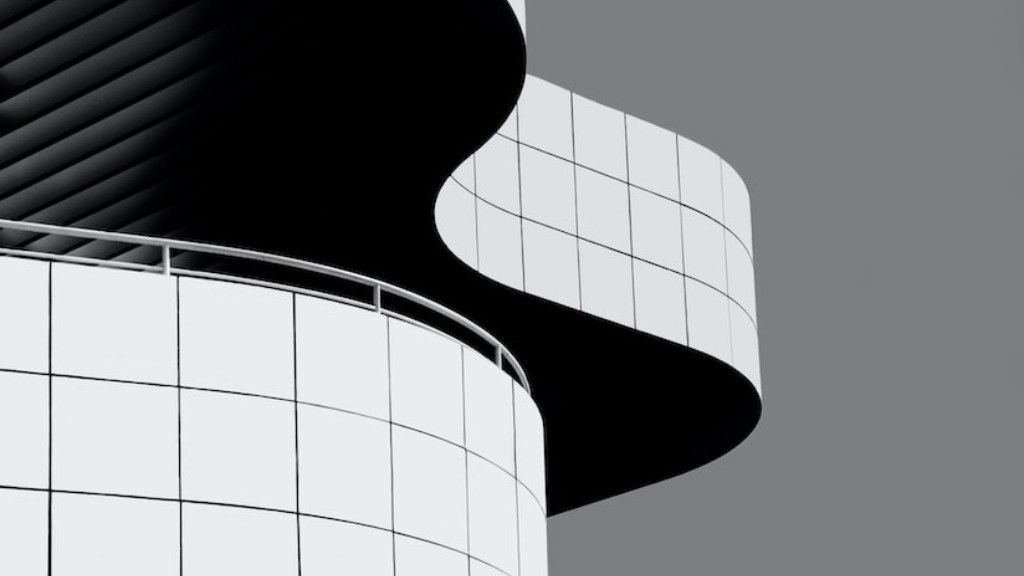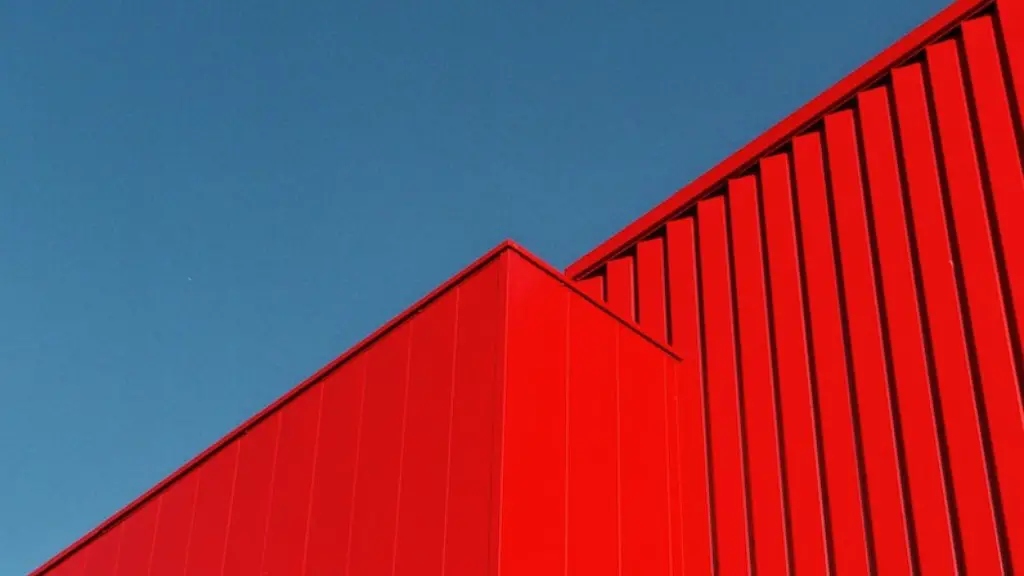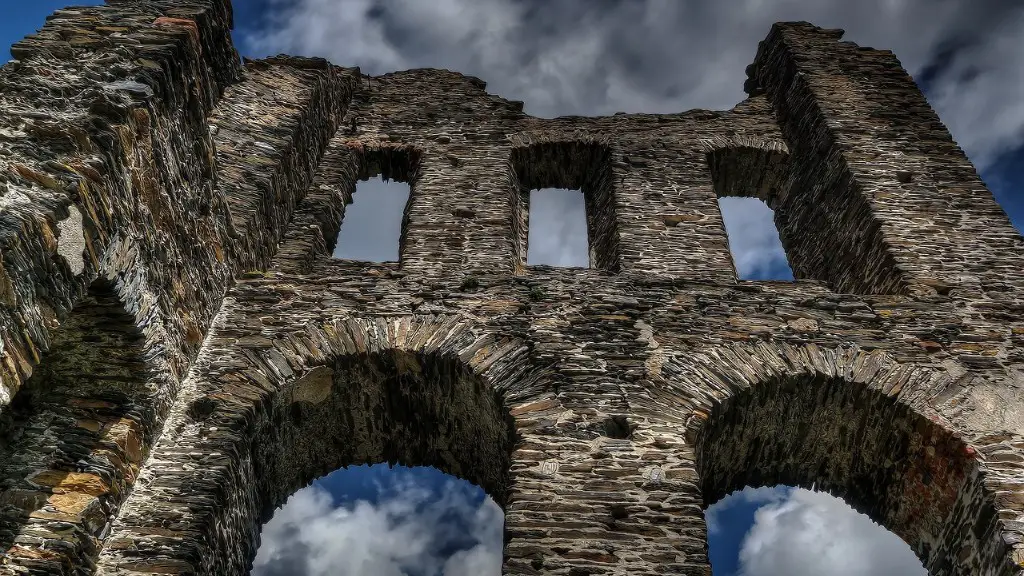Brutalist architecture is characterized by its use of simple, block-like forms and its rough-hewn, unfinished appearance. The style was popularized in the 1950s and 1960s by a group of European architects known as the New Brutalists. Brutalism became increasingly unpopular in the late 20th century, as its stark, industrial-style aesthetic was seen as out of step with the times. However, in recent years there has been a renewed interest in Brutalism, as its rough-hewn forms and disconnected spaces are seen as a refreshing departure from the cookie-cutter sameness of much contemporary architecture.
Brutalist architecture is a style of architecture that emerged in the 1950s and was characterized by its use of concrete and other rough, unfinished materials.
What defines Brutalist architecture?
Brutalism in architecture can be seen as an extension of the philosophy of the Bauhaus, which emphasised the need to return to the honest expression of materials and construction methods. This philosophy was taken up by a number of architects in the 1950s and 1960s, who began to experiment with new ways of using concrete, glass and steel to create bold, sculptural forms.
One of the most famous examples of Brutalism is the National Assembly Building in Dhaka, Bangladesh, designed by Louis Kahn. This building is constructed from concrete and brick, with a massive form that is both powerful and elegant.
Other notable examples of Brutalism include the Boston City Hall, designed by Kallmann McKinnell & Knowles, and the Sainsbury Centre for Visual Arts, designed by Norman Foster.
Despite its popularity in the mid-20th century, Brutalism fell out of favour in the late 20th century, as its stark forms and lack of ornamentation were seen as cold and unfriendly. However, in recent years there has been a renewed interest in the style, as its raw beauty and honest expression of materials have been appreciated anew.
Brutalism was an architectural movement that emerged after the Second World War. It was rooted in the ideas of functionalism and monumental simplicity that had defined earlier architectural modernism, including the International Style. Brutalism sought to adapt these earlier principles to a post-war world where urban reconstruction was a pressing necessity.
How can you tell if a building is brutalist
Brutalist buildings are characterised by their massive, monolithic and ‘blocky’ appearance with a rigid geometric style and large-scale use of poured concrete. The movement began to decline in the 1970s, having been much criticised for being unwelcoming and inhuman.
The term “brutalism” is used to describe a type of architecture that is characterized by the use of raw concrete. This style of architecture was first popularized by the Swiss architect Le Corbusier, who used the term “beton brut” to describe his use of raw concrete in his buildings. In Britain, the term “brutalism” was used to describe the general feeling of horror that many people felt towards this new style of architecture.
Why do architects love brutalism?
Brutalism is a unique architectural style that is both heavy and immovable, but also artistically sculptural. This gives it a unique ability to create patterns and compositions with light and shadow.
Boston is home to a large number of Brutalist buildings, thanks in part to a wave of urban renewal in the 1960s. City Hall is one of the most notable examples, but there are plenty of other impressive structures to see. Whether you’re admiring the architecture or simply enjoying the cityscape, Boston is definitely worth a visit.
Is Brutalist architecture communist?
This style, known as Brutalism, had a strong position in the architecture of European communist countries from the mid-1960s to the late 1980s. In Czechoslovakia, Brutalism was presented as an attempt to create a “national” but also “modern socialist” architectural style. However, after the fall of communism in 1989, Brutalism fell out of favour and was largely discredited.
The brutalist movement was popular from the 1950s to the mid-’70s. Most brutalist structures are schools, churches, public housing, and government buildings.
Where is brutalism most common
Brutalist buildings were most commonly used for social housing projects and institutional buildings as they were inexpensive and quick to build. However, this style of architecture fell out of favor in the 1970s as people began to prefer more modern designs. Despite this, there are still many Brutalist buildings standing in major cities around the world, such as London, New York City, and Boston.
The opposite of brutal is humane.
Who started the brutalist movement?
Le Corbusier was a French-Swiss Modernist architect who began building brutalist structures in the 1950s. These structures soon became popular worldwide due to their unique and eye-catching design. Other architects who helped popularise brutalist design include Alison and Peter Smithson, Marcel Breuer, and Ernő Goldfinger.
Brutalist architecture is often derided for its cold, austere appearance, but many of these structures are in danger of being lost forever due to neglect and disrepair. Developers often shy away from funding refurbishment projects, opting instead to build new, more profitable structures. This is a shame, as many Brutalist buildings are architectural masterpieces that deserve to be preserved. Hopefully, more efforts will be made to save these buildings before it’s too late.
Is brutalism eco friendly
The use of concrete in architecture can lead to a number of negative environmental impacts, including surface runoff that can cause soil erosion, water contamination and flooding. Brutalist architecture, with its focus on large concrete structures, can magnify these impacts. Therefore, it is important to consider the environmental effects of any architecture style before adopting it.
Brutalist architects used natural materials such as wood and stone to keep their raw, genuine texture. The popularity of these materials resulted from the interest in vernacular architecture. They were usually contrasted with exposed concrete.
What is a beautiful example of Brutalist architecture?
After the devastation of the Second World War, the City of London Corporation set out to redevelop the area around Barbican tube station. They enlisted the help of a team of architects, who came up with a design for a massive office, residential and cultural complex.
The result was the Barbican Estate, a concrete behemoth that comprises of 31 acres of land, 3,500 homes and over 150 shops and businesses. The estate is also home to the Barbican Centre, one of the biggest arts venues in London.
The Barbican is a controversial piece of architecture, and its brutalist style has divided opinion since it was first built. But it’s also one of the most interesting and iconic buildings in London, and well worth a visit.
Reinforced concrete and glass construction are the two main features of brutalism. This construction style highlights the bare materials and structural elements of a building, rather than its decorative design. This approach was first used in the 1950s and has since been adopted by many architects worldwide.
Conclusion
Brutalist architecture is a style of architecture developed in the 1950s and characterized by its use of raw concrete. Brutalism was an important architectural movement during the mid-20th century and had a major influence on the development of post-modern architecture.
Brutalist architecture is a controversial architectural style that emerged in the 1950s. Characterized by its use of raw, unfinished concrete, Brutalist buildings are often seen as cold and impersonal. However, many architects and urban planners believe that Brutalism can be an effective way to create dense, urban environments that are both functional and aesthetically pleasing.





